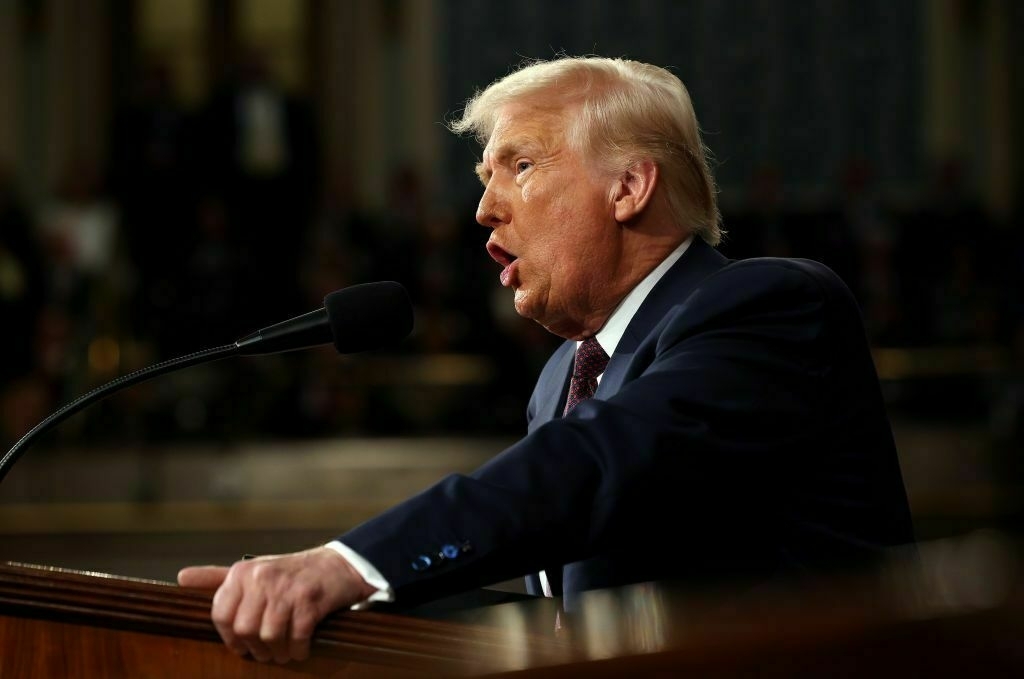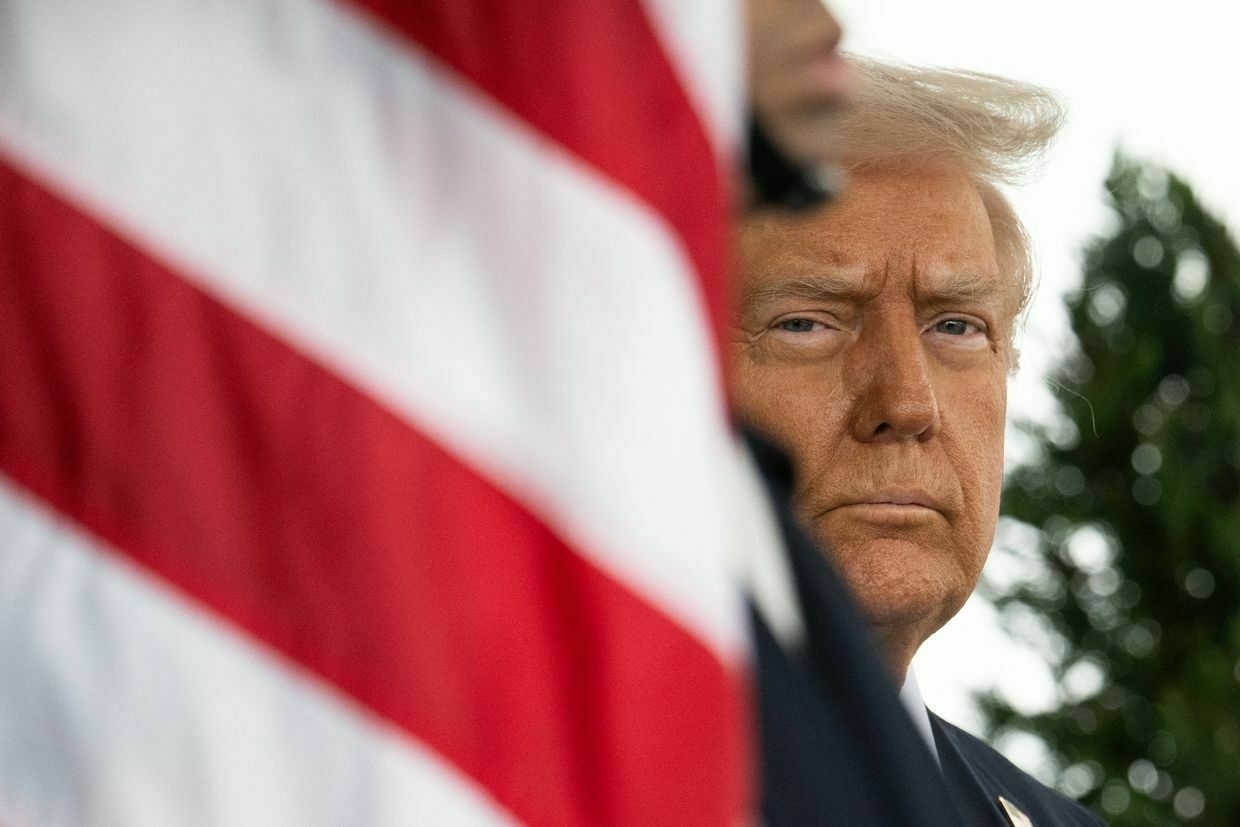
Editor’s Note: This is a developing story and is being updated.
U.S. President Donald Trump did not directly discuss his decision to halt military aid to Ukraine in his address to a joint session of Congress on March 4.
Multiple news outlets on March 3 reported that the Trump administration ordered an immediate freeze on all U.S. military aid to Ukraine.
“The United States has sent hundreds of billions of dollars to support Ukraine’s defense,” Trump said.
“With no security, with no anything. Do you want to keep it going for another five years?"
That question was Trump’s only nod to the suspension of aid, which a White House official said on March 4 is meant to pressure President Volodymyr Zelensky into peace negotiations.
Trump said in his address that he “appreciate(s)” Zelensky’s recent statements expressing Ukraine’s readiness for peace, but did not say whether or not the U.S. would resume weapons deliveries.
Zelensky on March 4 reiterated Ukraine’s commitment to the peace process in a post on X.
“Ukraine is ready to come to the negotiating table as soon as possible to bring lasting peace closer. Nobody wants peace more than Ukrainians,” he wrote.
Zelensky proposed initial steps toward de-escalation with Russia, including prisoner of war (POW) releases, a “truce at sea,” and a “truce in the sky” that would ban missiles, long-range drones, and bombs targeting civilian infrastructure.
He also said Ukraine is ready to sign the critical minerals deal “at any time and in any convenient format."
Trump said in his address to Congress that he received that same message in a letter from Zelensky. He added that his team was seeing “strong signals” from Russia indicating that Moscow is ready to make peace.
While Trump’s remarks on Ukraine and Russia were short on details, his comments indicated that he wants Europe to foot the bill for Ukraine’s defense.
“Europe has spent more money buying Russian oil and gas than they have defending Ukraine,” he said.
The decision to halt aid came on the heels of a contentious meeting in the Oval Office between Zelensky, Trump, and U.S. Vice President JD Vance. The U.S. leaders berated Zelensky for continuing to stress Ukraine’s need for security guarantees, accusing him of being insufficiently grateful for American assistance.
Zelensky was ordered to leave the White House, and departed without signing the much-anticipated minerals deal between the U.S. and Ukraine. Trump later claimed that Zelensky “is not ready for peace.”
The suspension affects over $1 billion in arms and ammunition deliveries. It halts not only future aid but also weapons already in transit, including shipments on aircraft and ships, as well as equipment awaiting transfer in Poland.
Polish Prime Minister Donald Tusk confirmed that the freeze had gone into effect, based on reports from the Ukrainian-Polish border.
The White House has not specified what steps Ukraine must take to restore the flow of weapons.
Trump’s foreign policy moves in recent weeks signal a seismic shift in U.S. attitudes toward Ukraine, Russia, and Europe. Trump has conceded to Russian demands before negotiations even begin, initiated direct talks with Moscow while excluding Kyiv, and echoed Kremlin talking points — including blaming Ukraine for starting the war and calling Zelensky a “dictator."
The Kremlin has applauded Trump’s policy shift, saying it “largely aligns” with Russia’s interests.
Trump’s address to Congress comes six weeks after the start of his second term in the White House. In a post to Truth Social late on March 3, Trump said he would use his address to “tell it like it is.”
 The Kyiv IndependentChris York
The Kyiv IndependentChris York
